Bangladesh, Oct 18 (V7N) — Blessed with diverse natural beauty and a rich cultural heritage, Bangladesh stands as one of South Asia’s most promising yet underexplored destinations for global tourism. From the world’s longest sea beach in Cox’s Bazar to the majestic Sundarbans mangrove forest, from the tea gardens of Sylhet to the ancient ruins of Paharpur, the country offers an extraordinary variety of landscapes and experiences. Yet despite these treasures, Bangladesh’s tourism industry has not achieved the prominence it deserves in the international arena.
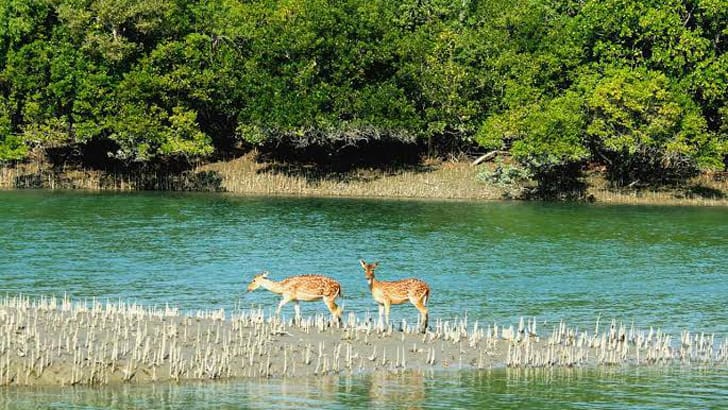
According to the Bangladesh Tourism Board, around 2.5 to 3 million domestic and foreign tourists visit the country annually. However, foreign arrivals remain significantly lower compared to neighboring nations such as India, Nepal, and Sri Lanka. Tourism contributes about 3 percent to Bangladesh’s GDP, while in neighboring countries, the figure ranges from 10 to 12 percent.
Experts say Bangladesh possesses all the elements necessary for a thriving tourism economy: a unique blend of geography that includes mountains, sea, forests, rivers, and plains; a 5,000-year-old historical and cultural legacy; and potential for eco-tourism, adventure tourism, and religious tourism. Sacred sites such as the shrines of Fakir Lalon Shah in Kushtia and Hazrat Shah Jalal (RA) in Sylhet, along with the natural beauty of the Chittagong Hill Tracts and the Sundarbans, can attract both domestic and international visitors.
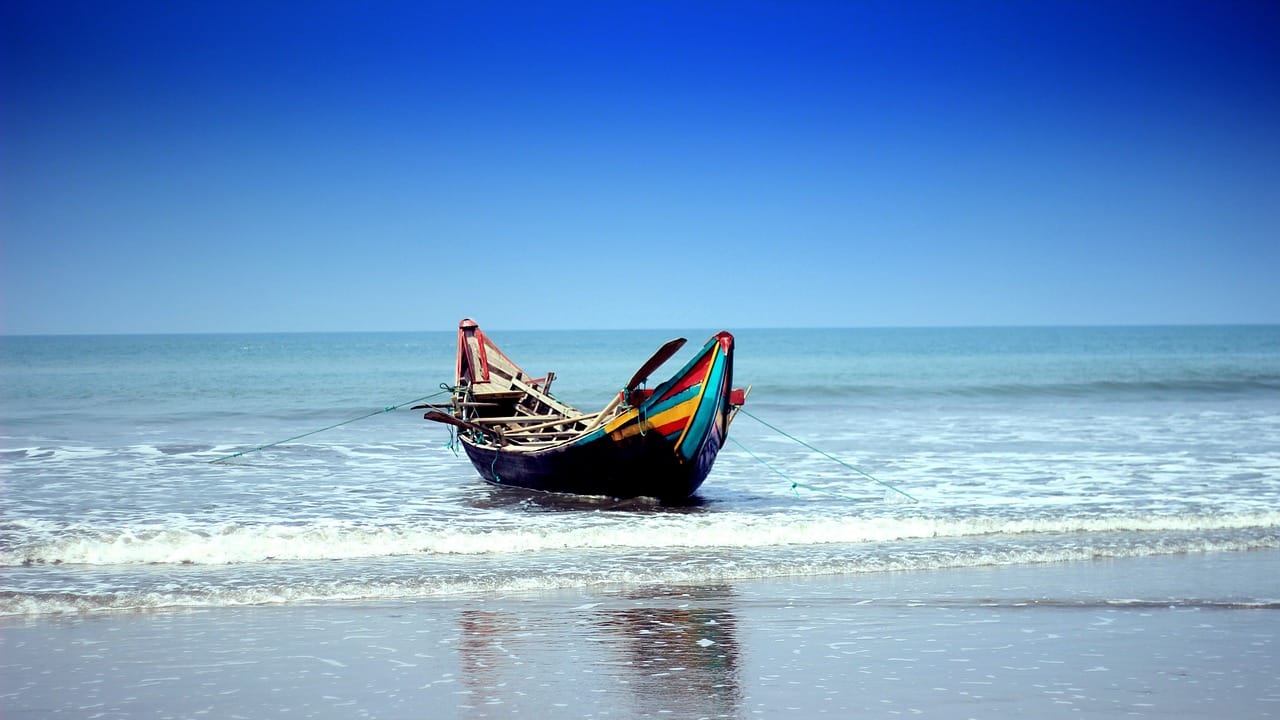
However, challenges continue to hinder progress. Poor infrastructure, inadequate road and air connectivity, and weak coordination among government agencies limit accessibility. Safety concerns, environmental pollution, and illegal encroachments further diminish the appeal of key tourist spots.
In Cox’s Bazar, hotel and commercial construction projects are blocking scenic views of the beach, damaging its natural landscape. St. Martin’s Island faces severe environmental degradation from unregulated tourism and plastic waste. In the Chittagong Hill Tracts, strict travel restrictions for foreign visitors and occasional security concerns discourage exploration. Even the Sundarbans, a UNESCO World Heritage site, suffers from unregulated practices such as overcharging by tour operators and pollution caused by waste dumping.

Environmentalists and tourism experts stress the need for sustainable planning. Each major tourist area, they say, should have an eco-friendly master plan that prioritizes conservation while promoting local economic growth.
To unlock its potential, Bangladesh must invest in infrastructure, develop international-standard hotels and resorts, and launch digital campaigns to brand the country in global tourism markets. In addition, empowering local communities through training and small business opportunities in tour guiding, homestays, and crafts can ensure that tourism benefits reach the grassroots level.
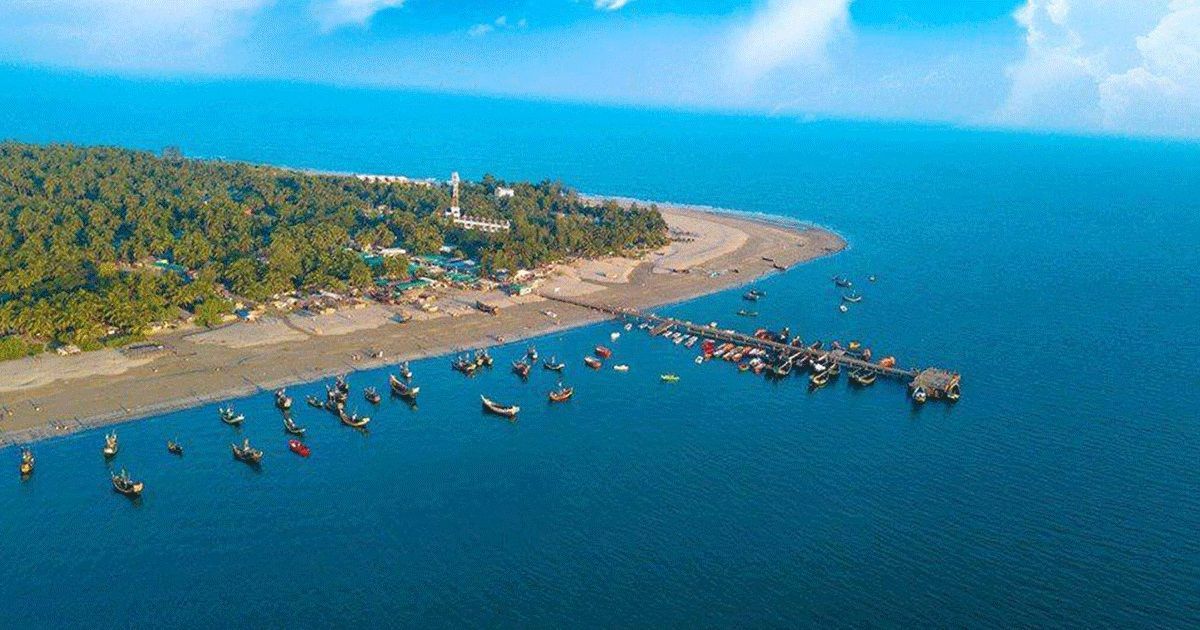
The report further emphasizes the need for strict law enforcement against encroachment, improved security for travelers, and coordinated efforts between the government, private sector, and local communities.
Despite its current challenges, Bangladesh’s tourism industry holds immense promise. With sustainable policies, proper investment, and global promotion, tourism could become one of the country’s most powerful engines for economic growth, cultural preservation, and rural development.
END/SRC/SMA/



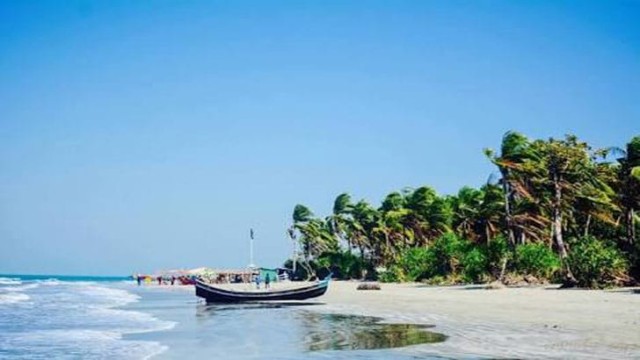



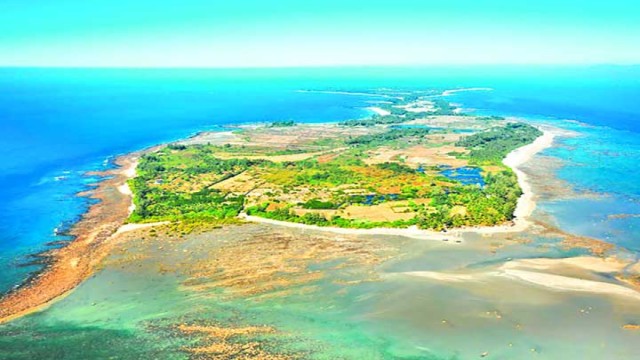








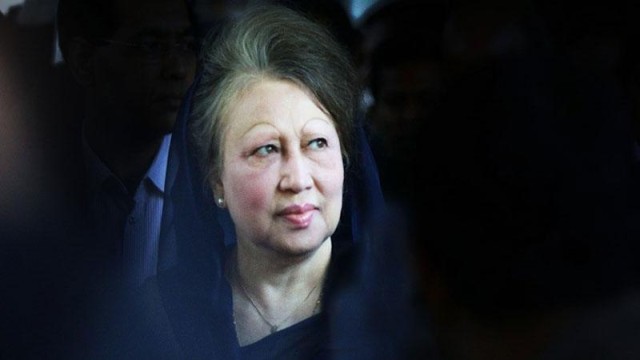










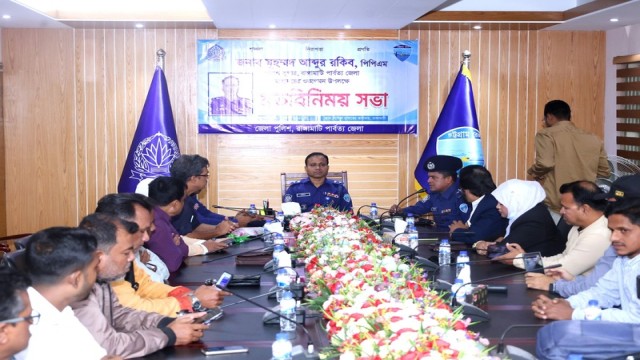



Comment: